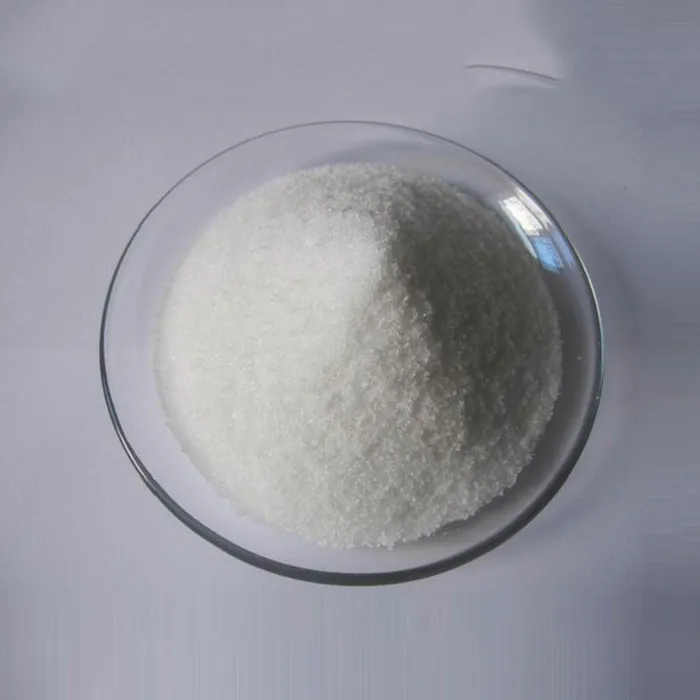Understanding RO Water Treatment Chemicals
Reverse osmosis (RO) is a widely utilized water purification technology that removes a vast array of contaminants from water, making it suitable for various applications, including drinking water production, wastewater treatment, and industrial processes. However, the effectiveness of an RO system heavily relies on the use of specific chemicals designed to enhance performance and longevity. This article delves into the essential RO water treatment chemicals, their purposes, and why they are critical in ensuring optimal water quality.
Common RO Water Treatment Chemicals
1. Antiscalants One of the primary challenges in RO water treatment is scaling, where dissolved minerals crystallize and form deposits on the membrane surface. Antiscalants are chemicals specifically formulated to prevent this phenomenon. By interfering with the crystallization process, these agents allow for smoother operation of the RO system, thus extending membrane life and maintaining system efficiency.
2. Acid Cleaners Over time, membranes can accumulate foulants such as iron, calcium, and magnesium oxides. Acid cleaners, typically composed of diluted hydrochloric or phosphoric acid, are used to remove these scale deposits. Regular acid cleaning is essential for maintaining the flux rate (the water flow rate through the membrane) and ensuring high-quality permeate.
3. Caustic Cleaners In addition to scale, organic fouling can also occur, especially in applications involving high concentrations of organic compounds. Caustic cleaners, often sodium hydroxide-based, help dissolve organic materials and suspended solids. The use of caustic solutions can significantly enhance cleaning efficiency, allowing the RO system to return to optimal performance levels.
4. Biocides Microbial growth can pose a significant threat to RO systems, leading to biofouling, which can drastically reduce permeate quality and membrane lifespan. Biocides are chemicals used to inhibit microbial growth, and they play a crucial role in maintaining the hygienic conditions of the RO system. Commonly used biocides include chlorine dioxide and quaternary ammonium compounds.
ro water treatment chemicals

5. pH Control Agents Maintaining an optimal pH is crucial for the effective operation of RO systems. pH control agents, like sulfuric acid or sodium bicarbonate, help adjust and stabilize the pH levels, ensuring that the membranes operate within their specified pH range, thereby prolonging their life and efficiency.
Importance of Using RO Water Treatment Chemicals
The incorporation of these treatment chemicals is vital for several reasons
- Efficiency The proper use of RO treatment chemicals significantly enhances the efficiency of water purification processes. By preventing fouling, scaling, and microbial growth, these chemicals ensure that the RO systems operate at peak performance.
- Cost-Effectiveness Investing in RO water treatment chemicals can lead to long-term cost savings. By reducing membrane replacements and extending system lifespan, operators can decrease operational costs associated with repairs and maintenance.
- Water Quality The ultimate aim of any water treatment process is to produce safe, high-quality water. The correct application of treatment chemicals helps achieve this goal, complying with safety standards and ensuring reliable water supply.
In conclusion, RO water treatment chemicals are critical components that aid in the efficient functioning of reverse osmosis systems. From preventing scale formation to cleaning membranes and controlling microbial growth, these chemicals play an indispensable role in maintaining water quality and system performance. As the demand for clean water continues to grow, understanding and utilizing these chemicals effectively will be key to successful water treatment operations.

